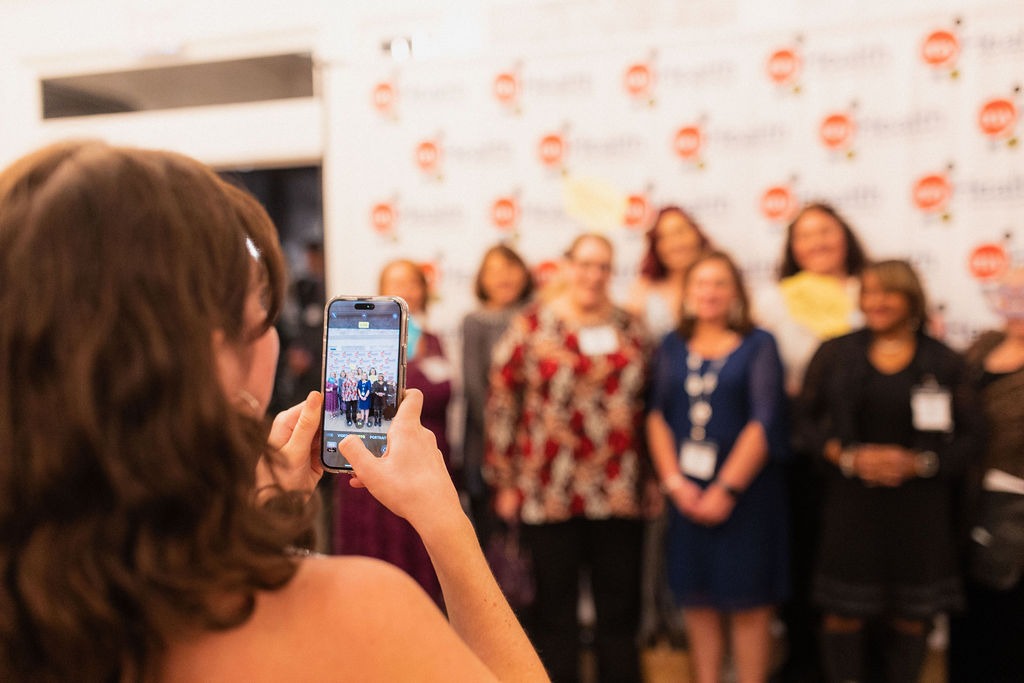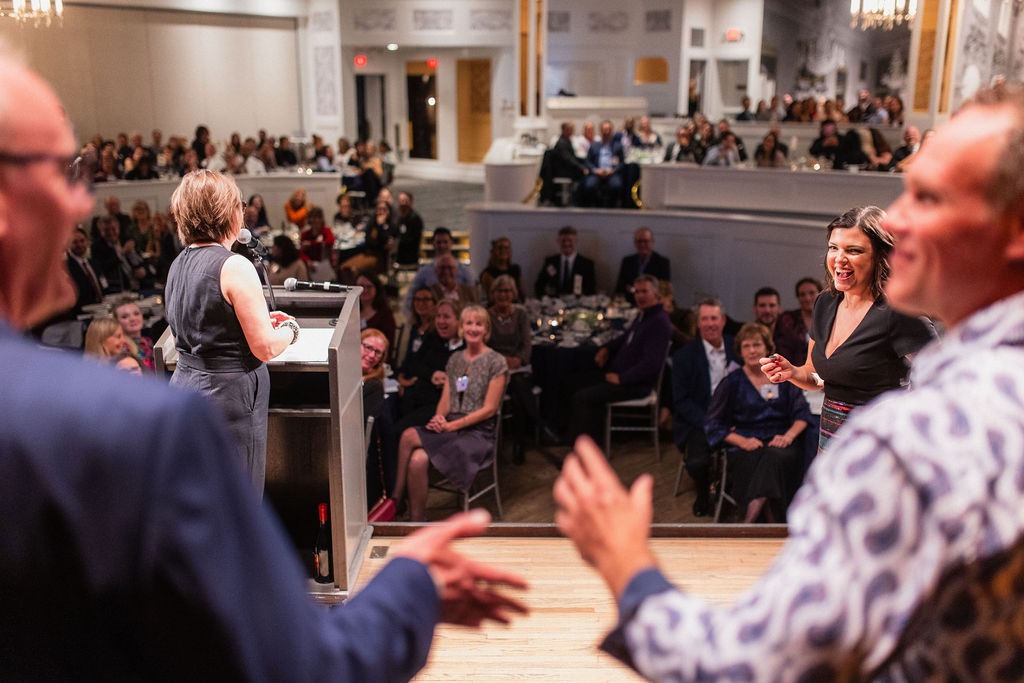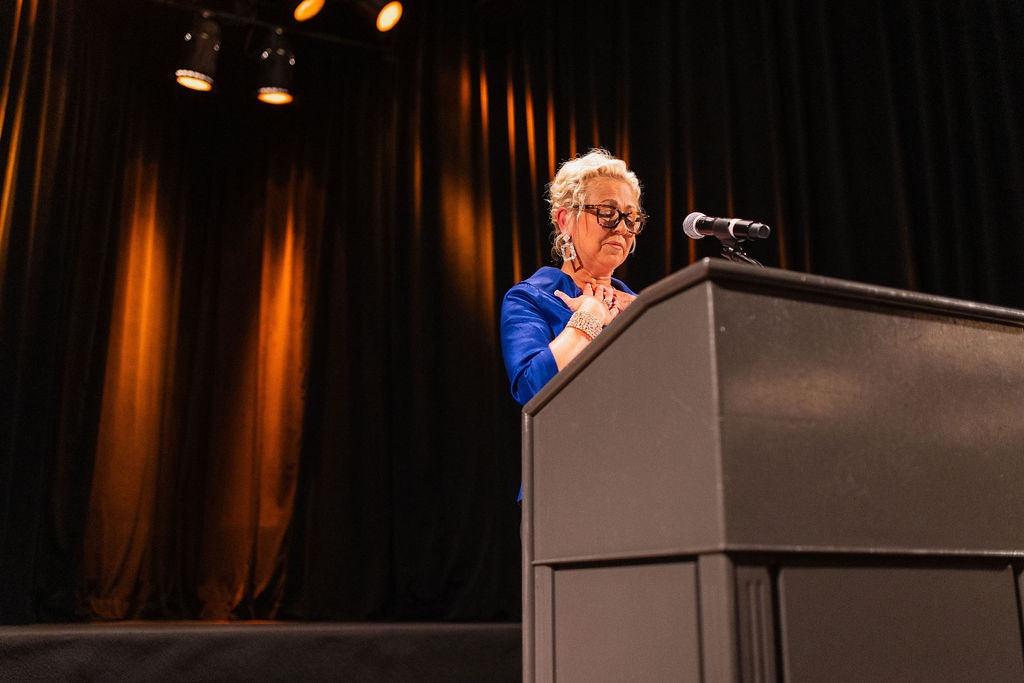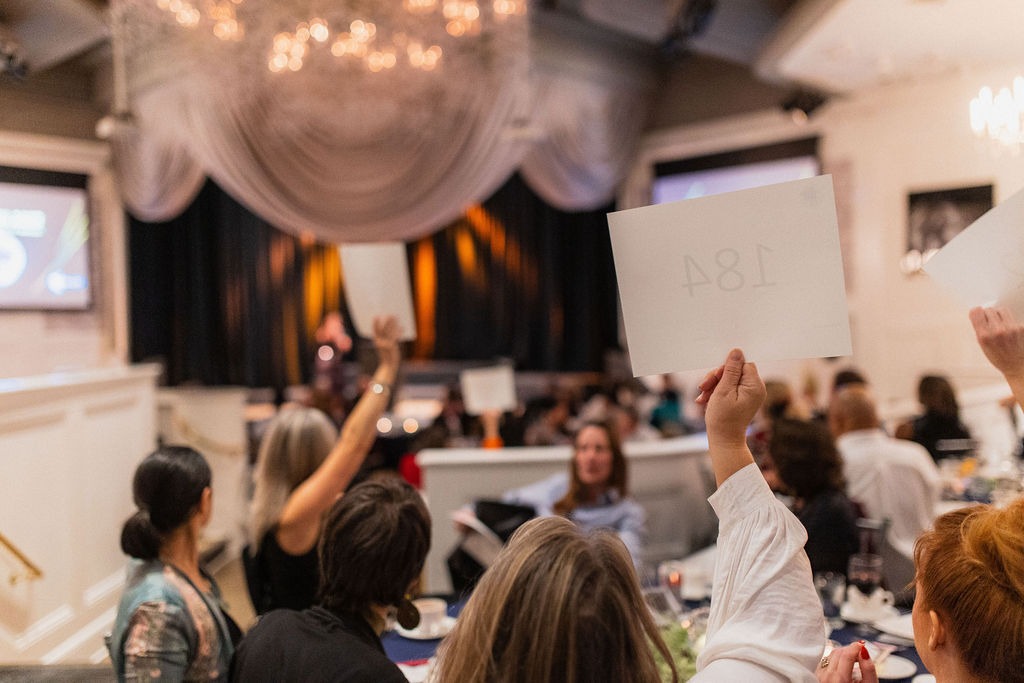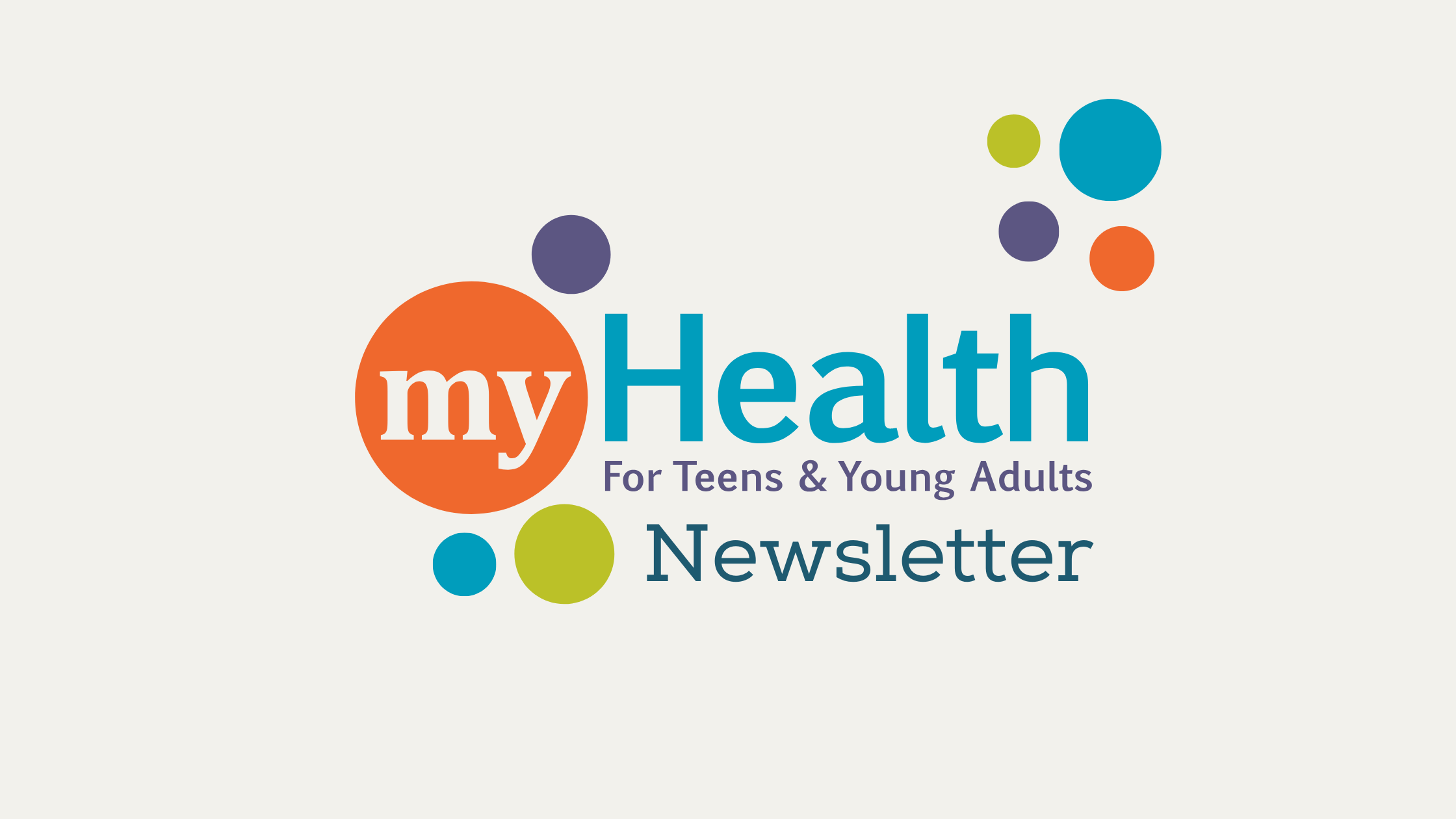
Stay up to date with the goings on at myHealth! Click the button below to view the June 2024 newsletter.

Stay up to date with the goings on at myHealth! Click the button below to view the June 2024 newsletter.
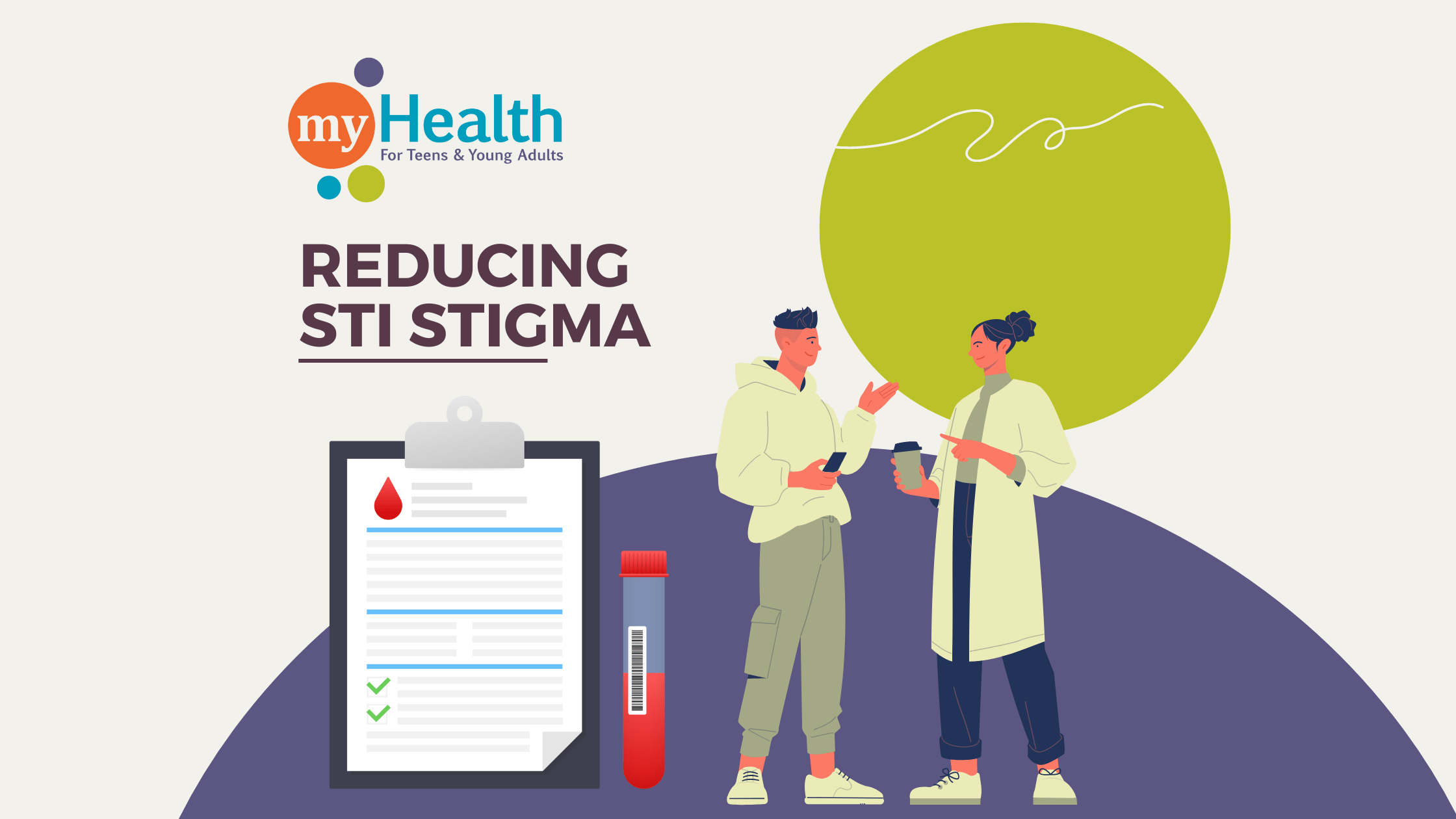
Getting a Sexually Transmitted Infection (STI) or even worrying about getting an STI can be a stressful experience. However, getting an STI isn’t a moral failing any more than getting any other virus or bacteria. Sexual intimacy is a normal part of life for most people, and whether you’ve had sex one time or a thousand times, it is possible to get an STI.
You are not less important or less clean if you get an STI. What’s important is knowing your status by testing and understanding what to do with that information.
An important part of reducing STI stigma is treating STIs like any part of your health. Empower yourself with knowledge about reducing risk, testing, and how STIs work.
If you are at risk of getting an STI, there are simple steps you can take to reduce your risk. This lets you take charge of your health without changing your lifestyle.
Sexual health isn’t an individual matter. It’s important not only to test, but to communicate with each partner you have. Talk about the last time you got tested, your intent to test in the future, and any diagnoses that are relevant to your situation.
There are some STIs, for example, that cannot be cured that are important to discuss. Click here to hear directly from a myHealth Junior Board member’s experience with herpes and reducing the stigma that can come with it.
When other people talk about sexual health, listen to them! Telling our stories about sexual health is an important part of reducing stigma around STIs. Make yourself comfortable both sharing and receiving these stories. Even a little bit of communication makes a difference.
It’s easy to know your status. myHealth’s STI testing services are offered in a no-judgment environment that’s accessible to everyone in our age range.
If you need a routine screening, walk into the clinic and a nurse will help you.
You’ll check in with one of our front desk staff members, who will help you with paperwork and understanding your confidentiality. They will pass your information on to a nurse.
The nurse will take you back to a private room to discuss your current sexual health with you, helping you understand your risk of STIs, and decide which tests make sense for you. Next, you’ll go to the lab. You may leave a urine sample to be sent out to test for chlamydia and gonorrhea. You may complete rapid HIV and syphilis tests, done via a quick and easy prick of your finger. In some cases, you may also swab your throat or rectal cavity to provide additional samples to test.
If you get rapid tests done, you’ll wait a few minutes for the results. If you do not, the nurse and front desk staff will wish you a great day!
If you think you’ve been exposed to an STI or have a symptom of an STI or other condition related to your sexual organs, just call 952-474-3251 to schedule a visit with a health care provider who can help you.
When you visit one of our doctors or nurse practitioners, they will be able to test you for a wider variety of infections, including BV, trichomoniasis, yeast, and urinary tract infections (UTIs).
They can also perform an exam to confirm whether your symptoms require treatment.
Many common STIs are easily treatable (e.g. Chlamydia, Gonorrhea); others are very manageable (e.g. HIV, Herpes). If you get an STI, don’t worry: your health care provider has seen many, many people have the same experience as you. They know how to help you!
If an STI test comes back positive, you’ll return to the clinic for treatment. At myHealth, treatment is simple and confidential. Even if you got tested somewhere else, you can come to myHealth for treatment without having to jump through extra hoops.
Did you know one of the reasons myHealth was founded as West Suburban Teen Clinic back in 1972 was to combat a rise in gonorrhea in our community? We’ve been fighting STIs and STI stigma from the start!
STIs are like a lot of other viruses: they don’t discriminate, and they don’t like to go away. In the past twenty years, the most common STIs are all on the rise. Here’s a chart that shows a few of them.
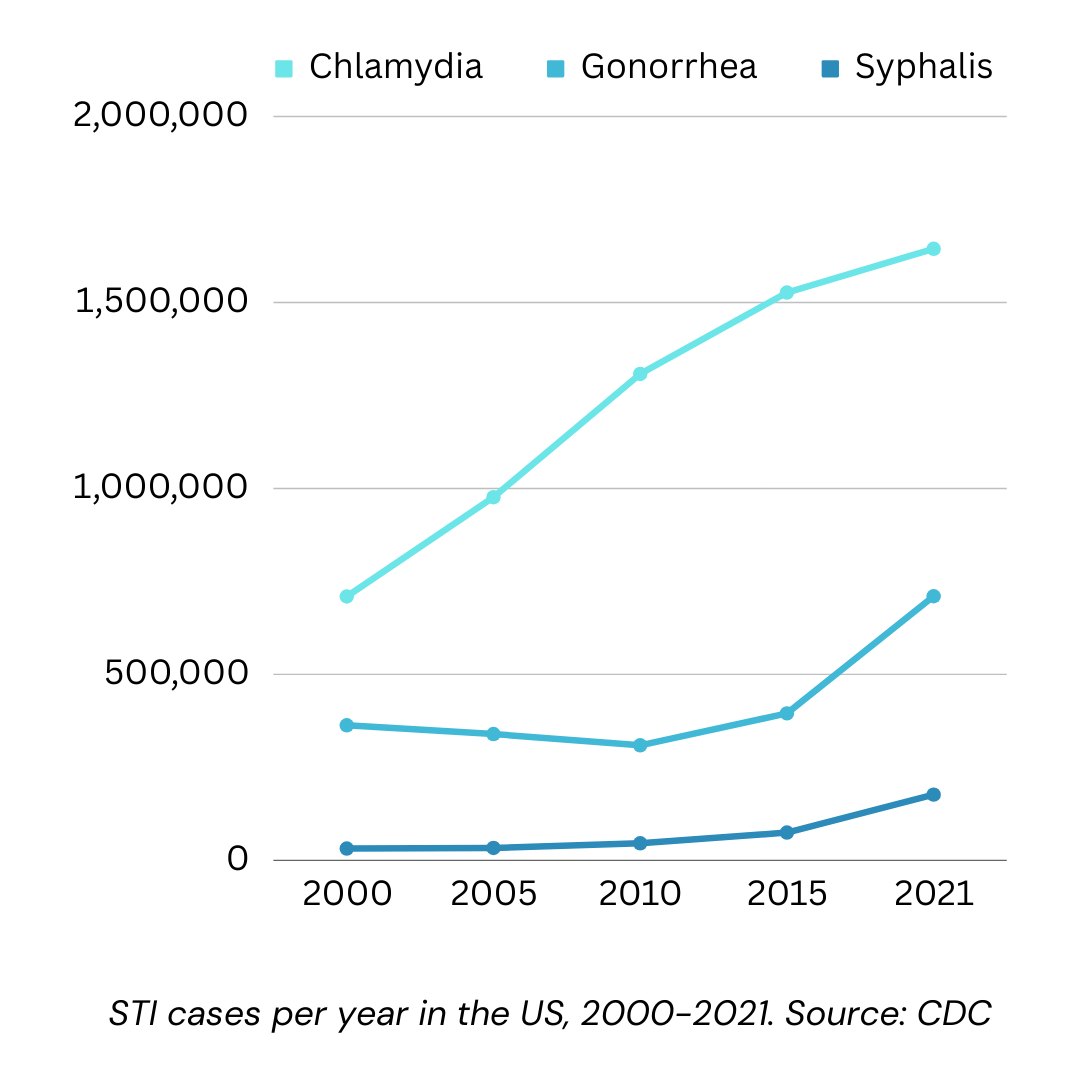
myHealth is committed to educating young people about STIs, STI risk, and STI prevention. If you ever need zero-judgment care, you can count on myHealth for confidential and affordable services. Don’t know your status? We hope to help you know very soon!
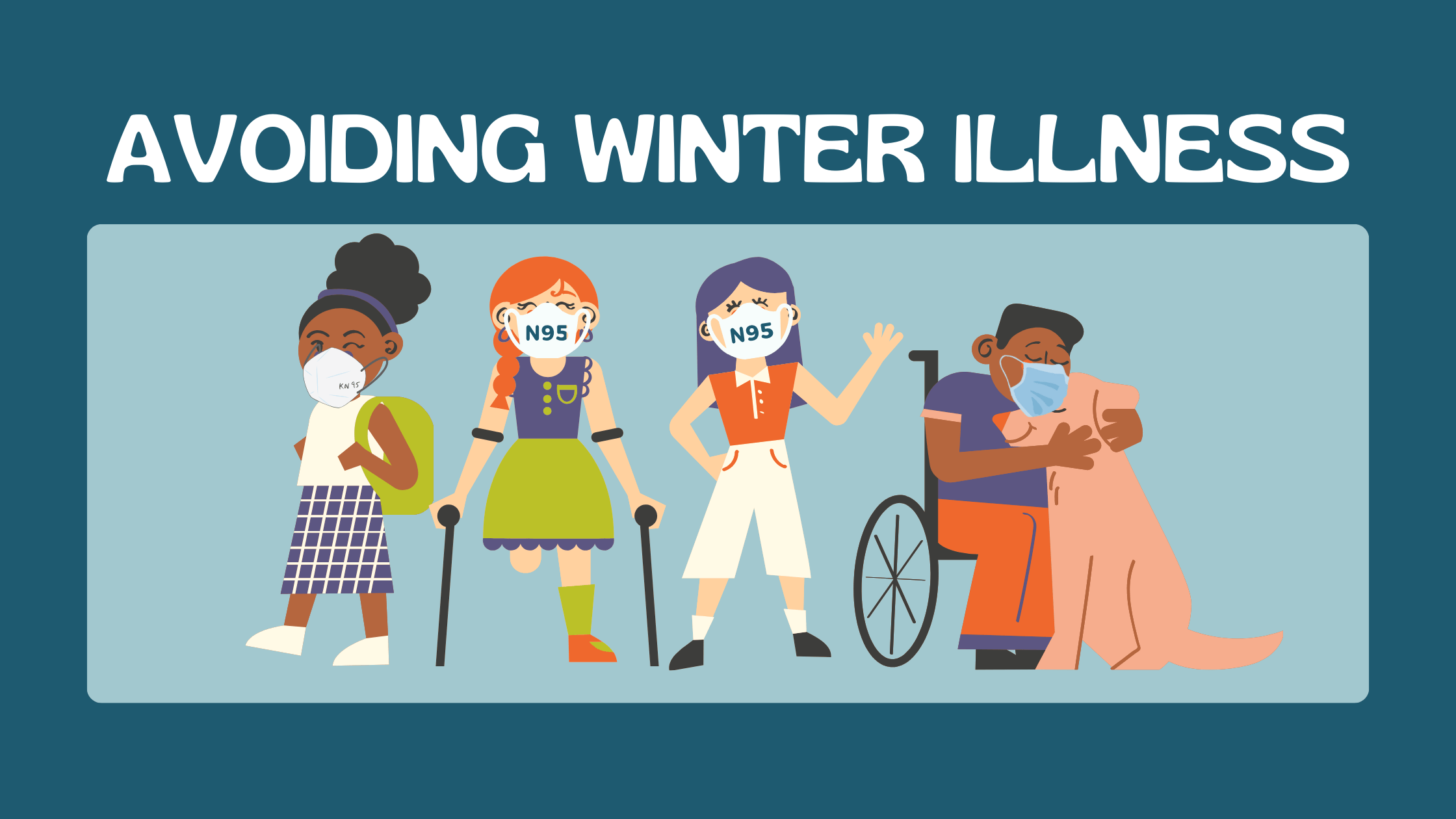
With holiday season gatherings, spending more time indoors as temperatures drop, and the rise of respiratory illnesses, winters in Minnesota can be tough on the body! It is a great idea to take some extra steps to keeping yourself and your community safe. Here are five tools you can add to your repertoire to reduce the time you and your loved ones stay inside recovering from illnesses.
Handwashing is a tool that we can use year-round to reduce the risk of illnesses… and winter is definitely a time to continue those practices! Effective handwashing typically lasts about 20 seconds.
Wearing a well-fitting mask is still one of the most valuable ways to keep oneself and others safe from airborne respiratory illnesses. Some viruses can stay in the air like smoke for long periods of time, and by wearing a mask a person can limit how much of the shared air they breathe in.
N95 masks offer the most protection, but even a simple surgical mask can be effective in preventing infections.
It is not too late to get a flu shot, and we have them available at myHealth! It is also recommended that anyone get an updated COVID-19 vaccine. This isn’t a booster, but a new version of the vaccine that’s updated for the latest variants of COVID-19 such as XBB.1.5 and JN.1. If you were vaccinated before September 2023, it’s probably time to get an update! These updated vaccines reduce your chance of getting COVID-19 and reduces the severity of your symptoms if you do become infected with the virus.
If you are concerned about getting sick, consider limiting the number of events you attend. For example, if you’re counting down the days before a vacation, you might choose to cancel events or gatherings beforehand that involve exposure to many people.
Sometimes despite all our efforts, we still get sick. Whether it’s a sore throat, a runny nose, a fever, or a positive COVID-19 test, staying home when experiencing any illness is helpful for recovery, and respectful to your community. What is just a cold for one person could lead to serious illness in another. The quicker we are to stay home, the less likely it is to infect others. The more people who stay home when sick, the less like you are to get sick in return!
Not every method of reducing transmission of viruses may seem appropriate to your situation, but all of them are important tools to have ready to control the spread of illnesses. Your work of prevention doesn’t just benefit you, but the whole community. Immune-compromised, disabled, or otherwise vulnerable people have the most to lose to winter viruses and benefit greatly from our vigilance. If you have any questions about the transmissions of disease, you can always call myHealth at 952-474-3251 and ask to speak to a nurse.
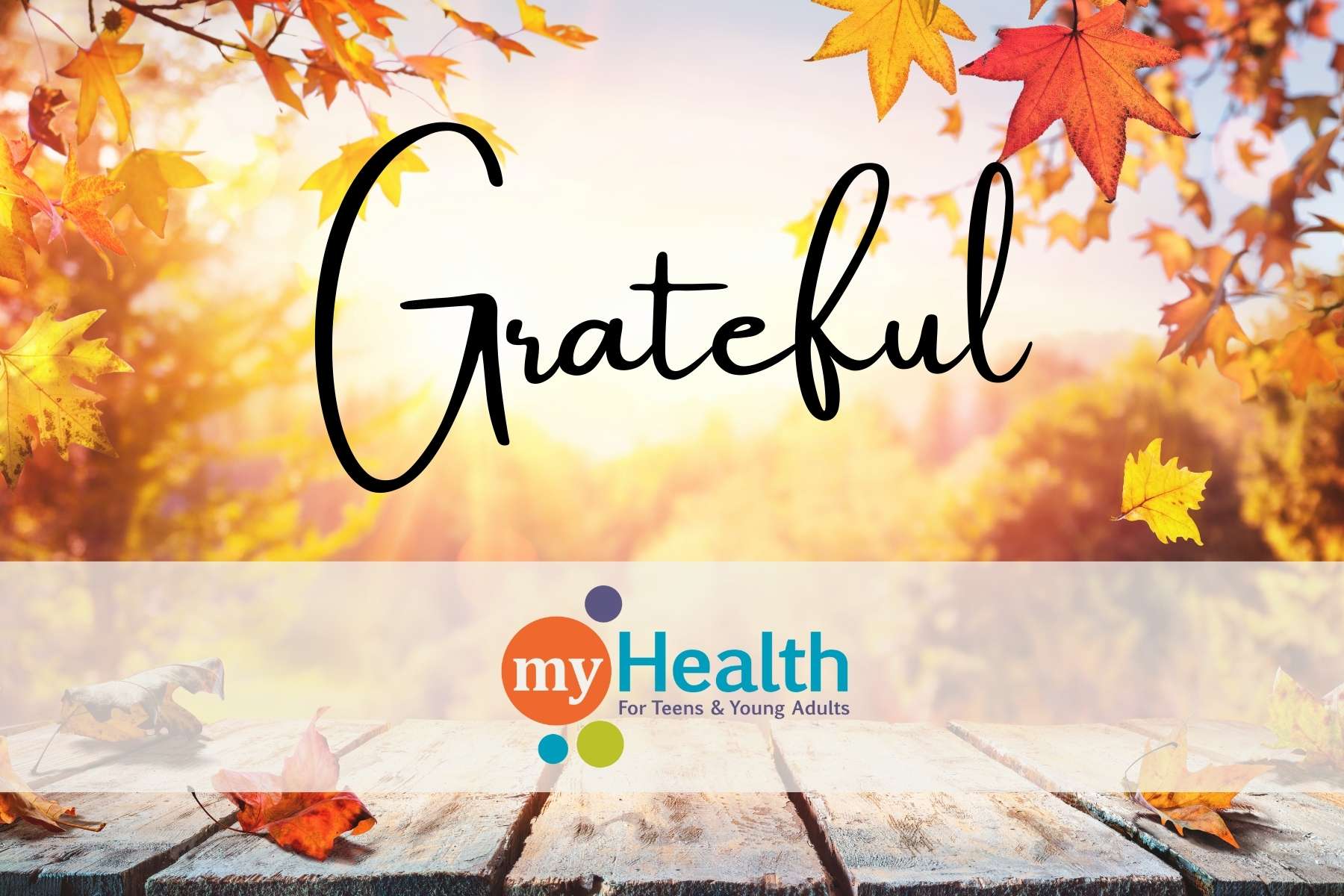
To our Community,
As a friend of myHealth, you know the services we provide are unique and important:
Each year, myHealth provides over 1,100 clients with low-cost medical services in over 4,200 visits. Our clients consistently report we meet their needs, and they feel welcomed and respected when seeing a myHealth healthcare provider. Annually in the community, our health educators present to more than 15,000 young people, adults working with youth, parents, and community partners and provide information on a wide variety of health topics critical to the ages we serve.
We cannot say thank you enough to the people who sponsor myHealth in any and every way. Your donation of time or money has enriched the lives of the young people who come to us in their moments of vulnerability and need.
If you are considering a year-end gift, click the donate button below.
With gratitude on behalf of our clients,
The Staff at myHealth for Teens & Young Adults
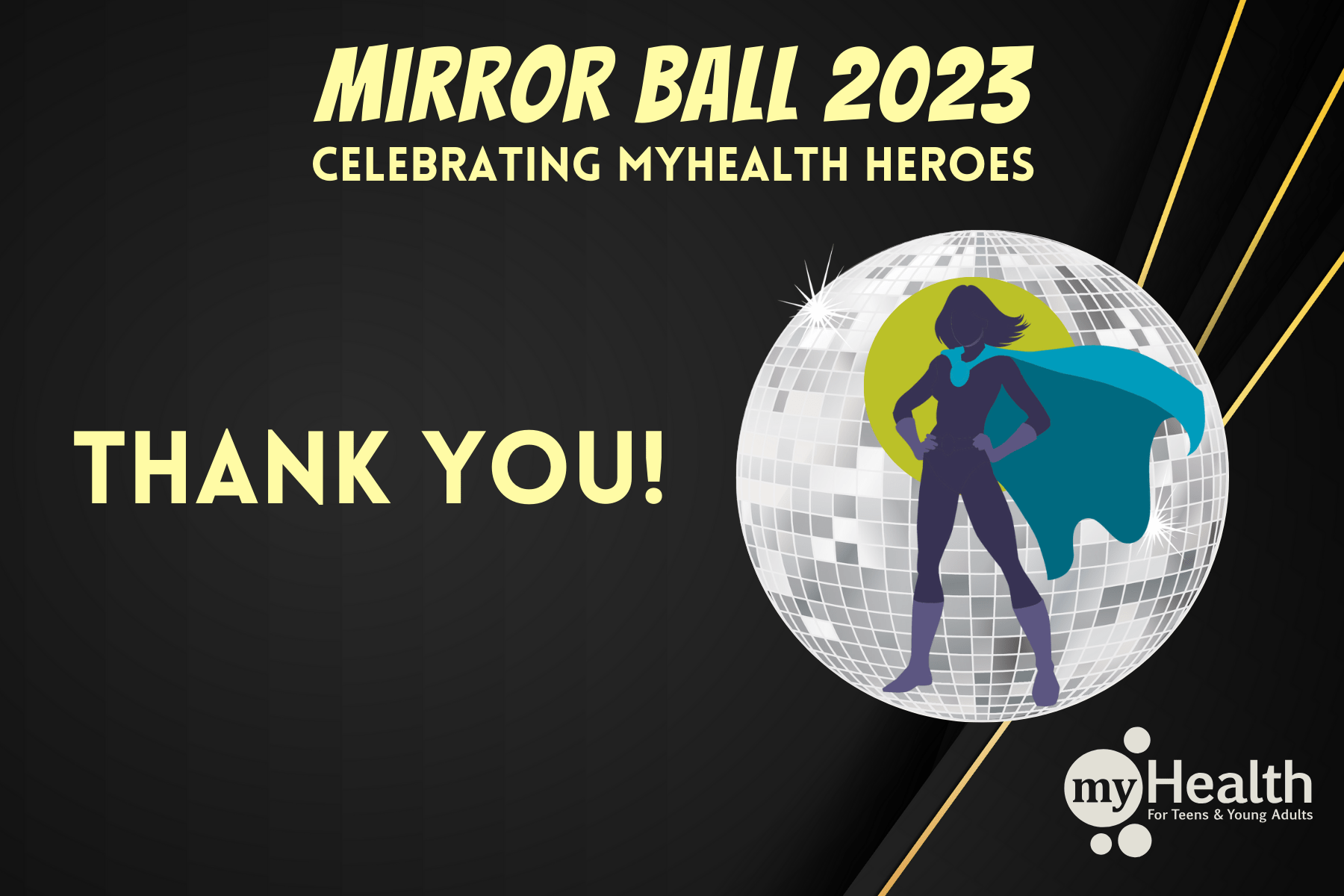
Because of your generosity, we surpassed our goal of raising $100,000 at this year’s gala. Your contribution will provide access to services, treatment, and resources that young people in need otherwise couldn’t afford.
You stepped up for a good cause and gave us amazing items for our silent and live auction. Every year we are blown away by your generosity and creativity. THANK YOU!
Just by coming, you showed your commitment to the cause of providing health care and education to youth. Thank you for making our event so fun.
Thank you for participating in the live and silent auctions. The friendly battle of bidding was so much fun – and is going to make a genuine difference to myHealth and its clients.
Some of you chose to give above and beyond at the gala, and we were so humbled by your giving. Each donation is being invested directly into our work, and we couldn’t thank you enough.
We love ya, our dear volunteers! You make sure the night runs smoothly. It was so great to see returning volunteers and meet new ones excited to invest in myHealth’s mission. Your gift of time made a difference to us.
Our theme this year was myHealth Heroes. That’s you, myHealth staff! You choose to work at an organization that can’t pay you as much as a big healthcare system, but you decided this work was worth your time and passion. Thank you for all the amazing work you do to ensure that myHealth clients get all the care they need, whether it’s in the clinic, in the community, in a therapy session, or in the office. Thank you for being health care heroes; you are genuinely appreciated.
